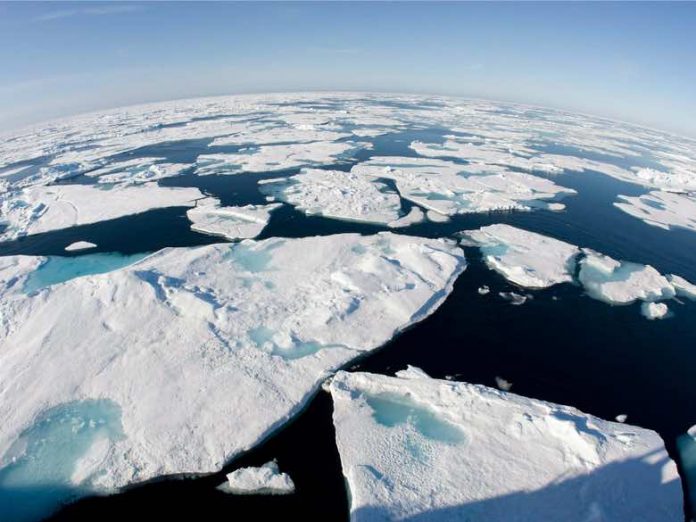When a frozen snowflake falls on the Greenland Ice Sheet, it lands with a whisper and stays frozen, sometimes for months.
But raindrops splat down, making little craters and melting some of the adjacent snow crystals. Multiplied across thousands of square miles, they can trigger widespread melting and runoff, which can lead to more sea level rise.
A new analysis of satellite and weather data shows that melting associated with rain in Greenland doubled in the summers and tripled in the winters from 1988 to 2012 as temperatures rose , scientists write in a study published Thursday in The Cryosphere, a journal of the European Geosciences Union.
The total precipitation over the ice sheet didn’t change over the study period, but more of it fell as rain, the study found. The scientists estimated that almost a third of the total runoff measured was triggered by rainfall.
They also found that melting events triggered by rain lasted longer, lengthening from an average of two days to three in the summer, and from two days to five in the winter.
The findings could help explain some of the increase in Greenland’s meltwater runoff and show how global warming feedback loops can intensify the impact. Recent research published in the journal Nature found meltwater runoff from the ice sheet had increased 50 percent since the start of the industrial era and is continuing to accelerate.
“The idea was to investigate the triggers of melting events, and it was a surprise that rainfall was a significant trigger,” said Marilena Oltmanns, a climate researcher at the Geomar Helmholtz Centre for Ocean Research in Kiel, Germany, and the lead author of the new study. “I expected to find that high pressure systems in summer would be the biggest deal.”
A Window Into What’s Driving the Melting
Up to now, much of the research on Greenland Ice Sheet melting has focused on how surface temperatures in the summer season affect melting, said study co-author Marco Tedesco of Columbia University’s Lamont-Doherty Earth Observatory.
But winter changes, including longer and more widespread melting and an upward shift in the rain/snow line, are important to help project how fast and by how much sea level will rise in the future.
“This is starting to open a window to what’s driving the melting,” Tedesco said. “The liquid water is carrying the energy from the surface deep into the ice sheet.”
The effects of rain events can persist for months, he added. If there’s more snow in winter, the snowpack is brighter at the start of the summer. “Then, you need more energy to start the melting. But if you have more rain and melting during the winter, you have relatively darker snow because the individual grains are bigger.”
“It preconditions the ice to make it more vulnerable, pushing it closer to the melting threshold,” he said.
Arctic Ice Melt Is Speeding Up, Studies Show
Greenland has been losing about 270 billion tons of ice per year. About 70 percent of the loss is from direct surface melting of the ice sheet, the rest from icebergs breaking off into the ocean, where it contributes to sea level rise.
Understanding how fast Greenland’s ice, along with the rest of the Arctic, will melt will help coastal communities around the world prepare for sea level rise and the storm surges, coastal flooding and erosion that come with it.
Across the Arctic region, land ice melting increased about tenfold from the quarter century after 1971 to the most recent quarter century, a team of scientists found in a study published in December. Greenland expert Jason Box, the study’s lead author, described the change as going from 16 times the flow of England’s Thames River to 160 times its flow.
Another study, published in February, found that melting on just the Greenland Ice Sheet had quadrupled between 2002 and 2012, and that the greatest increase was in southwest Greenland—a region with few glaciers that is projected to experience more rainfall in the coming decades.
“It’s important to better understand precipitation impacts on Greenland land ice, for climate change is bringing more moisture into the Arctic, and warming leads to an increase in rain at the expense of snow,” Box said.
But he also said that short-term natural variability can have an impact. Since the end of the study period for the new research on rain and melting, Greenland has seen some relatively cold years. Still, the trends identified by the study are clear against natural long-term climate variations in the region, Tedesco said.
‘A Little More Rain Can Have a Significant Impact’
The researchers combined satellite imagery with on-the-ground readings from 20 weather stations spread around the ice sheet. The satellite images are critical because they can distinguish between snow and liquid water.
Using the two datasets, the scientists examined 313 melting events triggered by rain.








